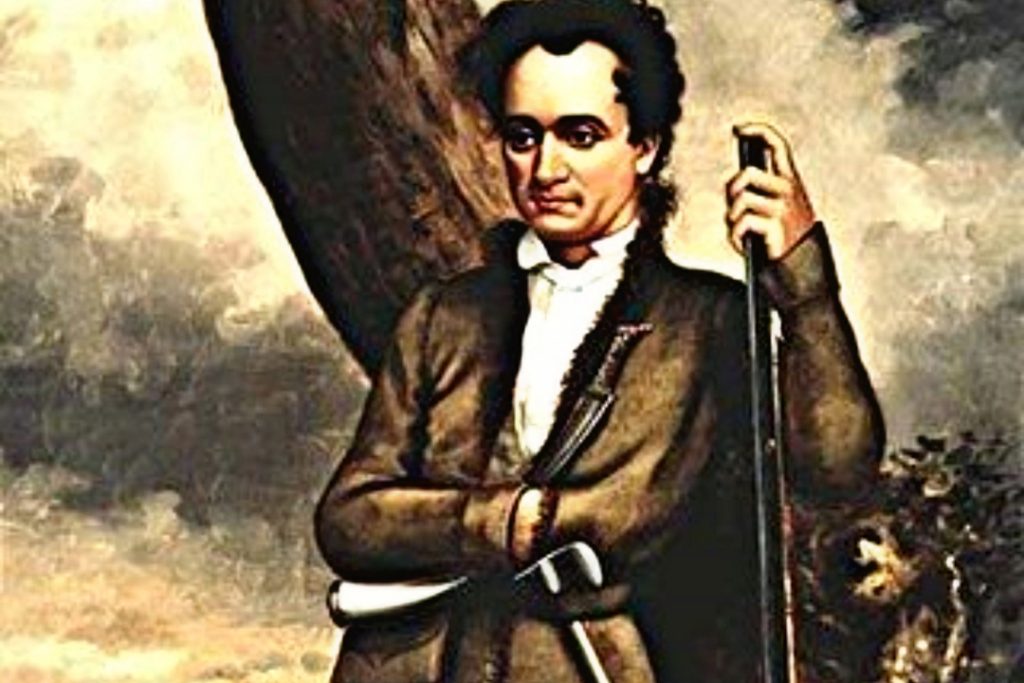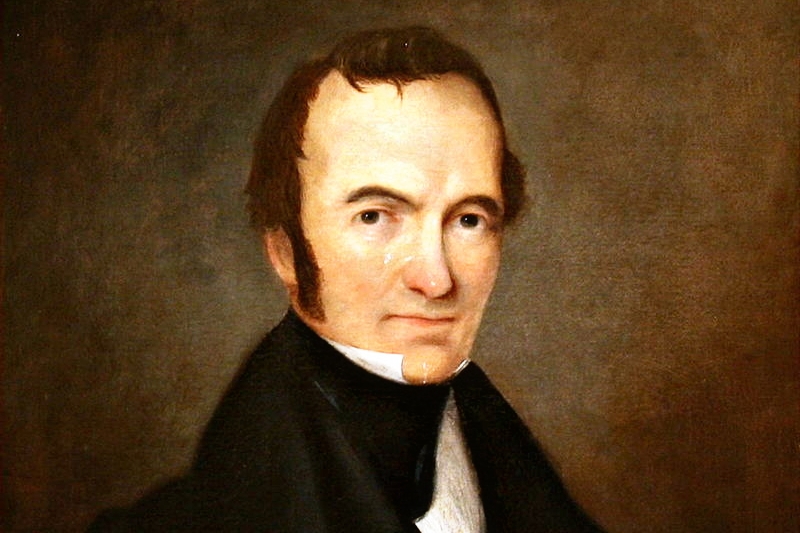Stephen Austin, often referred to as the “Father of Texas,” played a pivotal role in shaping the history of the American Southwest. His vision, leadership, and dedication to building a colony in Mexican-controlled Texas left an indelible mark on the region’s history. From his early life to his enduring legacy, Stephen Austin’s story is one of perseverance, diplomacy, and the pursuit of opportunity.
Early Life and Education of Stephen Austin
Stephen Fuller Austin was born on November 3, 1793, in Virginia, into a family deeply involved in land speculation and business. His father, Moses Austin, was a prominent businessman who had experienced both success and failure in ventures ranging from mining to land development. The family later moved to Missouri, where Stephen Austin grew up and began his education.
Austin attended Transylvania University in Kentucky, one of the leading institutions of its time. His studies emphasized law, governance, and public administration, skills that would later prove instrumental in his career. After graduation, Stephen Austin began working in business and politics, briefly serving in the Missouri Territorial Legislature before circumstances would shift his focus to Texas.
Moses Austin’s Vision and Stephen Austin’s Leadership
The idea of establishing a colony in Texas originated with Moses Austin, who, in 1820, sought permission from the Spanish government to bring American settlers into the region. Moses envisioned a thriving agricultural community in Texas, which was sparsely populated at the time. However, Moses Austin died in 1821, leaving his ambitious plans unfulfilled.
Upon his father’s death, Stephen Austin took up the mantle, inheriting not just the project but also the challenges that came with it. His first task was to secure permission for the colony under new political circumstances, as Mexico had recently gained independence from Spain. Stephen Austin traveled to Mexico City, where he navigated the complexities of Mexican politics, earning the government’s approval to establish a colony under specific conditions.
The Establishment of Austin’s Colony

In 1821, Stephen Austin began the arduous process of colonizing Texas. Known as the “Old Three Hundred,” the first wave of settlers consisted of approximately 300 families, most of whom hailed from the United States. These settlers were drawn by the promise of fertile land and economic opportunity. Austin carefully selected these families, prioritizing individuals with strong work ethics and agricultural skills.
Under Stephen Austin’s leadership, the colony flourished. The settlers established towns, farms, and infrastructure, creating a stable community in the wilderness. Austin’s ability to balance the needs of his settlers with the expectations of the Mexican government was crucial to the colony’s success. He enforced Mexican laws, including requirements that settlers adopt Catholicism and refrain from slavery (a point of contention later in Texas history).
Diplomatic Challenges and Growing Tensions
While Stephen Austin worked diligently to build a thriving colony, tensions between the settlers and the Mexican government grew. By the 1830s, several factors contributed to these tensions, including cultural differences, language barriers, and the Mexican government’s attempts to centralize authority. The settlers, many of whom were accustomed to American political and legal traditions, resisted these changes.
Stephen Austin found himself in a delicate position. On one hand, he was committed to maintaining loyalty to Mexico, as it was the authority under which his colony operated. On the other hand, he understood the frustrations of his settlers, who felt increasingly marginalized and restricted. Austin acted as a mediator, using his diplomatic skills to advocate for the colony’s interests while seeking to avoid outright conflict.
Stephen Austin’s Arrest and the Push for Independence
In 1833, as tensions escalated, Stephen Austin traveled to Mexico City to petition for greater autonomy for Texas. He sought to address the grievances of the settlers and proposed reforms, including the establishment of Texas as a separate state within Mexico. However, his efforts were met with resistance, and Mexican authorities viewed him with suspicion.
Austin’s situation took a dramatic turn when he was arrested in 1834 on charges of inciting rebellion. He was imprisoned in Mexico City for over a year, during which time his health deteriorated. Although he was eventually released, the experience profoundly affected him. Stephen Austin returned to Texas with a more pragmatic view of the political situation, recognizing that peaceful resolution with Mexico might no longer be possible.
The Texas Revolution and Stephen Austin’s Role
By 1835, the tensions between Texas settlers and the Mexican government had reached a breaking point, leading to the Texas Revolution. Although Stephen Austin had long advocated for diplomacy, he recognized the inevitability of conflict. He supported the revolutionaries and played a key role in rallying support for their cause.
Austin’s contributions during this period extended beyond the battlefield. He traveled to the United States to garner support for the Texan cause, securing funds, supplies, and volunteers. His efforts helped solidify the Texan rebellion, which culminated in the decisive Battle of San Jacinto in 1836. This victory led to the establishment of the Republic of Texas, an independent nation.
Stephen Austin’s Legacy and Untimely Death
Following Texas’ independence, Stephen Austin briefly served as Secretary of State for the Republic of Texas under President Sam Houston. However, his contributions were cut short when he fell ill and died of pneumonia on December 27, 1836, at the age of 43. His death marked the end of a remarkable career dedicated to the vision of a thriving Texas.
Stephen Austin’s legacy is celebrated throughout Texas. His efforts laid the foundation for the state’s eventual incorporation into the United States and its emergence as a significant economic and cultural force. Towns, schools, and landmarks across Texas bear his name, including the state capital, Austin, which stands as a testament to his enduring impact.
The Father of Texas
Stephen Austin’s life was a testament to determination, vision, and leadership. From the establishment of Austin’s Colony to his role in the Texas Revolution, he was a central figure in the transformation of Texas from a remote frontier into a thriving republic. While his career was marked by challenges and setbacks, his legacy endures as one of the most influential figures in Texan history.
Through his efforts, Stephen Austin became synonymous with the spirit of Texas—a spirit defined by resilience, ambition, and a commitment to opportunity. His story continues to inspire those who seek to shape their destinies and contribute to the greater good.

